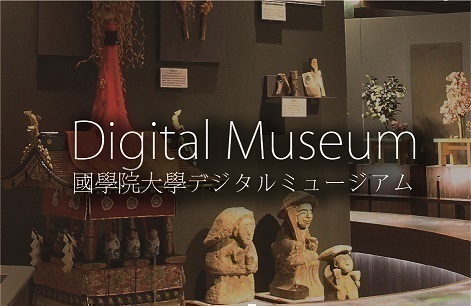- トップ
- Encyclopedia of Shinto
- Batsu
Encyclopedia of Shinto
| Main Menu: | |
| Links: |
詳細表示 (Complete Article)
| カテゴリー1: | 7. Concepts and Doctrines |
|---|---|
| カテゴリー2: | Basic Terms |
| Title | Batsu |
| Text | Sanctions or punishment, chiefly of a religious or ethical nature, taken against someone who has committed a sin (tsumi) or ritual impurity (kegare). The punishment may also term take the form of legal sanction. From ancient times in Japan, those who committed tsumikegare were required to pay a material penalty (haraetsumono or aganaimono) and purification was attained through ritual ablutions (misogi/harae). However, those guilty of crimes against the communal order were subjected to banishment. Later with the establishment of the ritsuryō system, there was a distinction drawn between haraetsumono and aganaimono. The former was imposed at the time of the Great Purification (Ōharae), which was held throughout the country on the last day of the sixth month and on the last day of the year. The latter became a kind of ransom (zoku) applied in lieu of punishment. The law also stipulated that punishment for the "Eight Outrages" applied to all, including high-ranking courtiers and the imperial family: plotting to overthrow the state (muhen), damaging imperial palaces or tombs (bōtaigyaku), rebellion against the state, dynasty or sovereign (muhon), plotting to murder the sovereign or father (akugyaku), cruel murders like murdering three or more members of one family or corpse mutilation (fudō), stealing or damaging imperial or religious property (daifukei), acting in an unfilial manner towards one's parents or related elders (fukō) and murdering one's superior or teacher (fugi). The forms of punishment in order of severity were: flagellation (ten-fifty strokes), flagellation (sixty-one hundred strokes), penal servitude, exile, and death. The death penalty, carried out by either garroting, hanging (kō) or by decapitation (zan), was abolished by Emperor Saga in 810, following the attempt by retired Emperor Heizei and Fujiwara no Kusuko (the Kusuko no ran) to usurp the throne. For three hundred forty-seven years, until the Hōgen Disturbance (Hōgen no ran) in 1156, there were thus no executions carried out in Japan. Moreover, though the laws were based on the legal system introduced from Tang Dynasty China, their prescriptions were generally two to three degrees milder. As well as such legal punishments there was the concept of divine punishment which frequently provided an explanation for illnesses and calamities of otherwise unknown cause. — Nishioka Kazuhiko |




